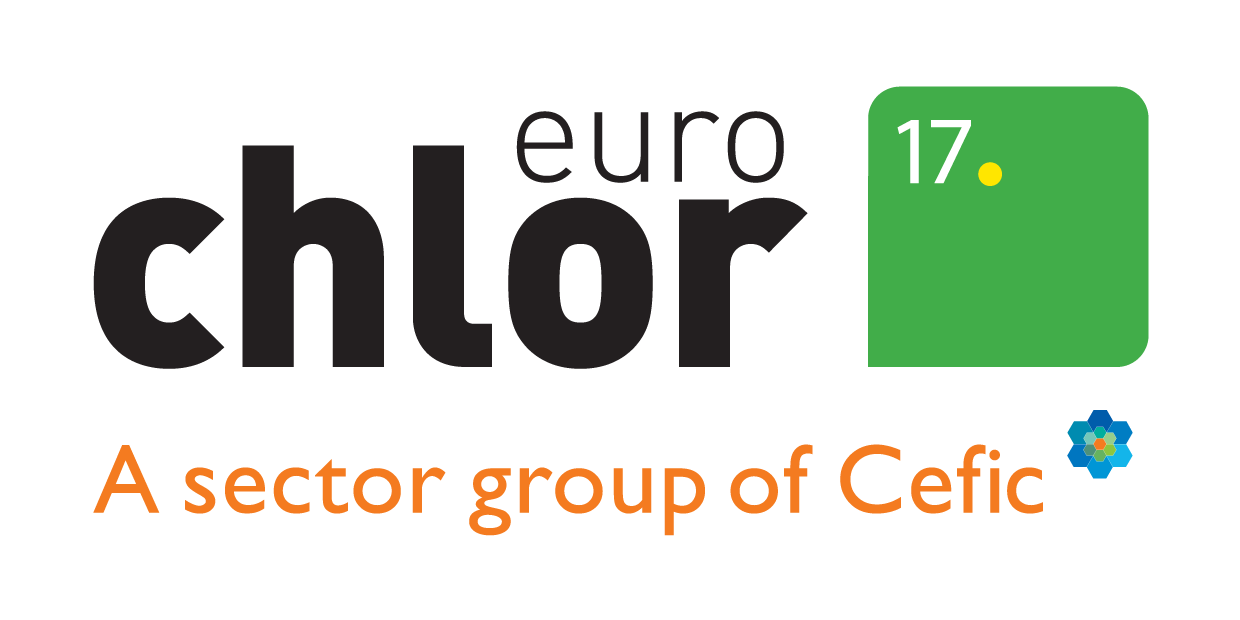UN Sustainable Development Goals
In September 2015, the new UN Agenda for Sustainable Development was adopted, coming into force on 1 January 2016. The 17 United Nation’s Sustainable Development Goals (SDGs) are central to this UN Agenda with many being achievable with support from chlor-alkali chemistry….
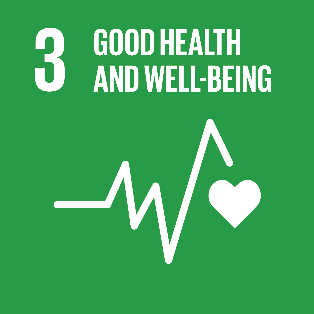
SDG3.
Chlor-alkali chemicals are essential in the production of modern medicines. It is estimated that 88% of top-selling pharmaceuticals use chlor-alkali in their manufacture at some point. These include medicines to treat HIV/AIDS, cancer, heart disease and many infections. Not only is chlorine chemistry used to make the medicine, it also keeps them safe in tamper-resistant, sterile packaging (in the form of PVC or polyvinyl chloride).
Chlorine chemistry is also helping in the fight against Zika virus and malaria, which causes over 400,000 deaths world-wide each year. From anti-mosquito sprays to special impregnated mosquito nets, chlorine chemistry is essential to protect against tropical diseases.
Finally, around the home, chlorine chemistry is found in disinfectants. These are also essential in hospitals, where they help protect patients from infection.
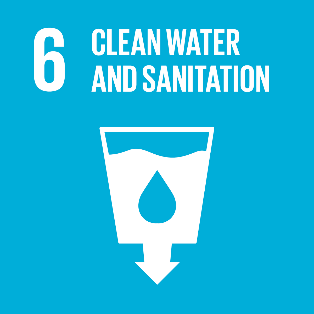
SDG6.
A 2016 UN report suggests that by 2030, 663 million people could still have no access to an improved water source and 2.4 billion people may still have no access to improved sanitation. Many diseases can be attributed to unsafe drinking water and poor sanitation and hygiene. Wherever they have been used, chlorine-based drinking water disinfectants have helped to virtually eliminate waterborne diseases such as cholera, typhoid and dysentery. In addition, chlorine helps to make PVC, which makes strong and durable pipes that help to minimise water loss as water is distributed in communities. This is vital in areas where drinking water is scarce.
With ready access to clean water, people are healthier and are able to work or go to school (instead of collecting water from far away). Access to clean water also helps to reduce poverty (SDG1), ensure healthy lives and well-being (SDG3), achieve gender equality (SDG5) and promote economic growth and productive, decent work (SDG8). These benefits also help protect people after the devastating effects of natural disasters such as the hurricanes in Haiti.
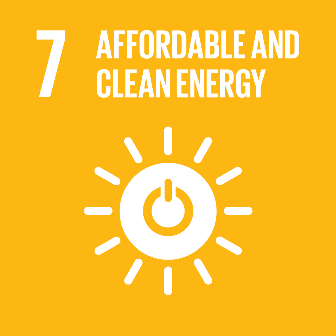
SDG7.
Chlor-alkali chemistry plays an important role in harnessing solar energy – purifying the silicon found in solar panels; wind turbine blades of chlorine-based epoxy resins help convert wind power into electricity for a clean and renewable energy source.
Clean, energy-efficient hybrid vehicles contain electric motors powered by nickel metal hydride battery packs; these batteries, which last longer than the most advanced lead-acid battery, can use potassium hydroxide – a co-product of chlorine production – as an electrolyte.
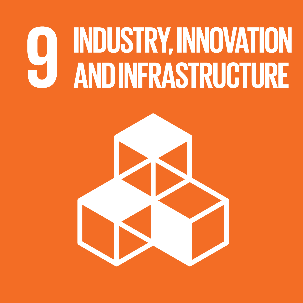
SDG9.
Sustainable infrastructure is helping to keep us all connected and to ensure that vital services get where they are needed.
From PVC pipes that carry water and insulate cables to environmentally friendly refrigerants with low global warming potential, chlor-alkali chemistry is essential.
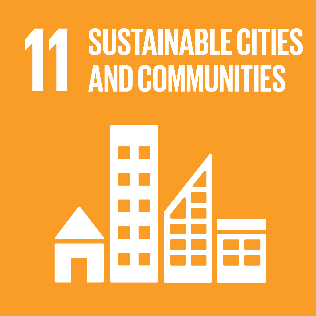
SDG11.
Polyurethane foam insulation, manufactured using chlorine chemistry, increases the energy efficiency of home heating and air conditioning systems, reducing energy bills and conserving natural resources.
Energy-efficient PVC windows reduce home heating and cooling requirements. These windows are also low maintenance and require less energy to produce than other metal-framed windows. These frames can also be easily recycled several times without loss of their properties.
Hydrogen, a valuable co-product of the chlor-alkali process, is used as a fuel in buses and cars, promoting a cleaner living environment in cities. Many cities are also becoming “smart” using advanced telecoms (often connected by fibre-optics made from chlorine chemistry) to improve the timing of traffic lights, bus arrivals, subway systems. This reduces energy consumption, CO2 and pollutant emissions to improve air quality and health.
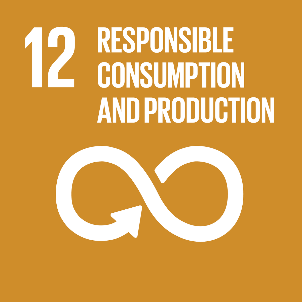
SDG12.
Aluminium beverage cans are recycled by bubbling chlorine gas through molten aluminium scrap to reduce impurities for reuse.
In addition, using chlorine chemistry to manufacture titanium and titanium dioxide results in less waste, conserves resources, and contributes to a circular economy.
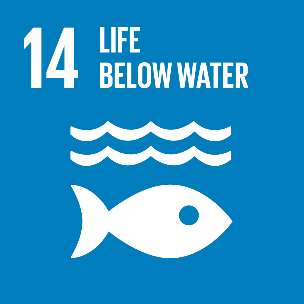
SDG14.
Marine environments can be protected with the help of chlorine chemistry.
As ships move across the planet, they can bring with them plants and animals from other areas in their ballast water. When the ship’s cargo is added, this ballast water is pumped out for stability, inadvertently releasing these ‘invasive’ species into the environment.
These species can upset the balance of local ecosystems. By carefully treating this ballast water with hypochlorite (or bleach), these species are removed and their impact is reduced.
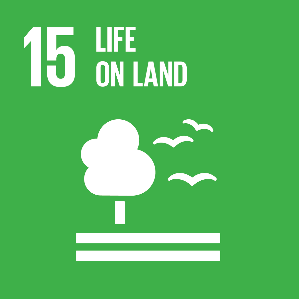
SDG15.
Chlor-alkali chemistry is used to help manufacture crop protection chemicals, which help boost crop yields and quality. This helps reduce soil erosion and prevent habitat loss.
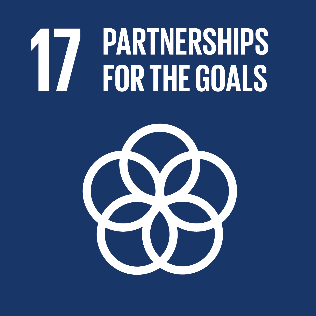
SDG17.
SDG 17 promotes the use of technologies to connect people and global partnerships to help realise the SDGs.
Organisations such as Euro Chlor are helping to guide people in the sustainable use of chlorine.
This includes working with the UN in programmes to monitor mercury from old production sites, as well as in global water events which help communities to understand how to disinfect their water correctly and ensure that the benefits of chlorinated drinking water are available to everyone.
Learn more about our industry’s efforts and contribution towards a more sustainable future.
